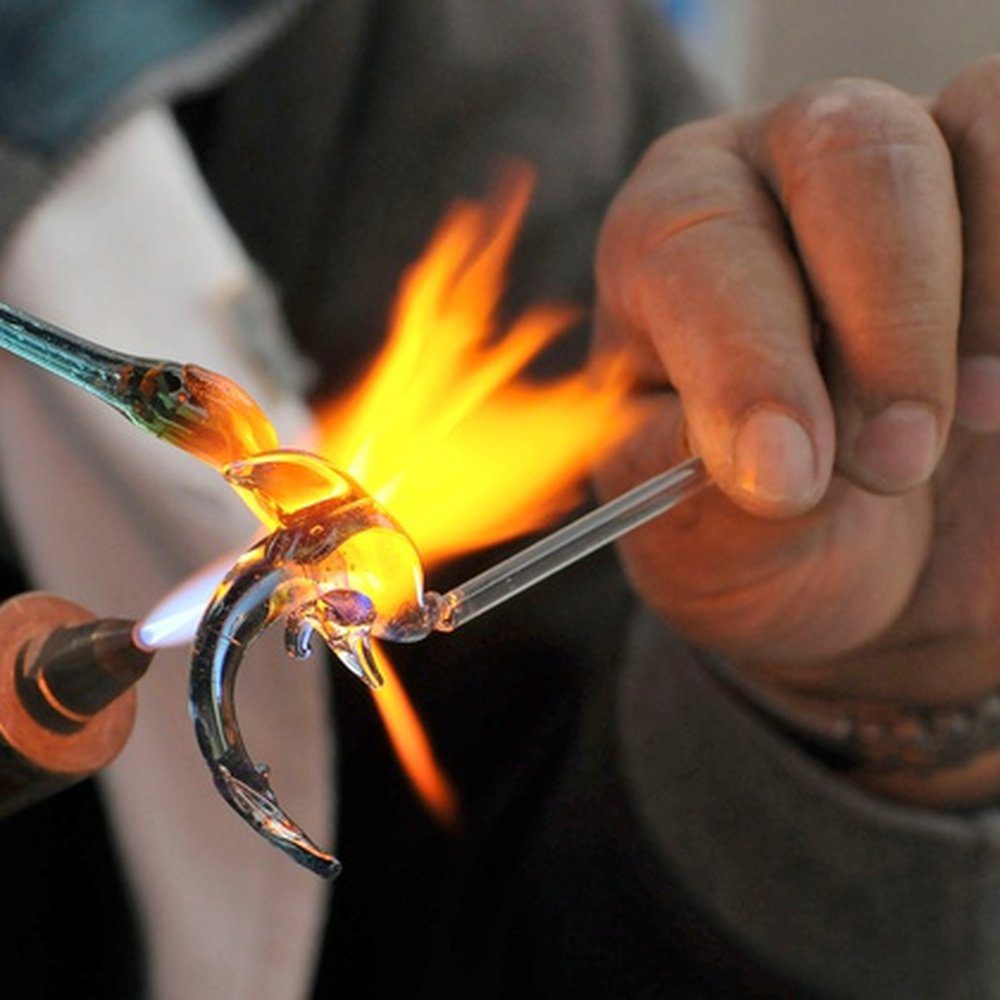In the ever-evolving mosaic of human culture, glass pipes stand as colorful threads, weaving together a rich narrative of tradition, creativity, and social connection. Let’s explore the myriad ways in which glass pipes have contributed to the cultural fabric of societies worldwide:
- Ancestral Roots and Traditions: The practice of smoking herbs dates back millennia, with pipes serving as vessels for sacred rituals, communal gatherings, and spiritual journeys. Across cultures, from the indigenous peoples of North America to the tribes of Africa and beyond, pipes have symbolized unity, reverence for nature, and the passage of tradition from one generation to the next.
- Artistry Unleashed: In the hands of skilled artisans, glass pipes transcend their functional purpose to become objets d’art, each piece a testament to the boundless creativity of the human spirit. From the intricate swirls of Murano glass to the avant-garde designs of contemporary glassblowers, these pipes are more than smoking accessories – they are expressions of beauty, innovation, and individuality.
- Counterculture Icons: Throughout history, glass pipes have been embraced by countercultural movements as symbols of dissent, liberation, and self-expression. From the beat poets of the 1950s to the hippies of the 1960s and beyond, these pipes have been wielded as tools of rebellion against societal norms, sparking conversations about freedom, identity, and the pursuit of authenticity.
- Communal Rituals: Gathering around a glass pipe is not just an act of smoking; it is a shared experience that fosters connection, conversation, and camaraderie. Whether in the cozy confines of a living room or the bustling atmosphere of a music festival, smoking circles create spaces for individuals to bond, share stories, and forge lasting friendships.
- Legal and Political Discourse: In the realm of law and politics, glass pipes have been at the center of debates surrounding drug policy, civil liberties, and individual rights. Advocates argue for the decriminalization of pipe use, citing its role in harm reduction and personal autonomy, while lawmakers navigate the complexities of regulating substances and paraphernalia in an ever-changing landscape.
In sum, glass pipes are not mere objects; they are conduits of culture, carrying within them the stories, struggles, and aspirations of humanity. As they continue to evolve and adapt to the shifting currents of society, they remind us of the enduring power of creativity, community, and the human quest for connection.
